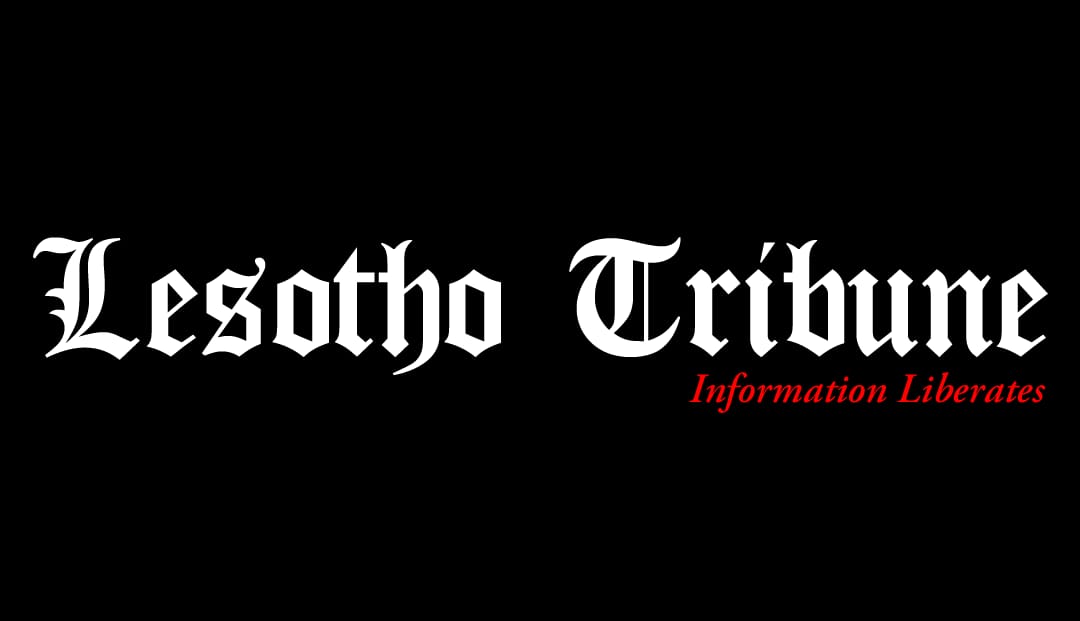Lesotho is currently facing food insecurity crisis due to adverse weather conditions linked to the El Niño phenomenon. Despite a larger area being planted in the 2023/24 season compared to the previous year, dry conditions from January to March damaged much of the crop, particularly maize. Many disadvantaged households are already relying on food purchases from local markets, which is earlier than normal.
The Lesotho Red Cross Society (LRCS) has been actively monitoring the situation in collaboration with the government through the Disaster Relief Emergency Fund (DREF) Operation Lesotho Drought report. The report, published recently, highlights the efforts made to address the drought situation. Following the seasonal outlook issued on October 19th, 2023, which indicated below-average rainfall for October, November, and December, LRCS activated the Drought Early Action Protocol (EAP). This activation supported the development and dissemination of early warning messages to over 10,000 individuals across Mafeteng, Mohale’s Hoek, Quthing, Thaba-Tseka, and Qacha’s Nek.
Contrary to the expectations set by the seasonal outlook, the Lesotho Meteorological Services (LMS) reported above-normal rainfall during October, November, and December 2023. As a result, the second trigger for the EAP, anticipated to be activated in January 2024, was not met. However, despite the initial period of higher-than-expected rainfall, weather monitoring throughout the 2023/24 season revealed a mixed performance heavily influenced by El Niño conditions. Comprehensive weather monitoring conducted by LRCS, the Disaster Management Authority (DMA), and LMS during the first quarter of 2024 showed a pattern of below-normal rainfall and recurrent heatwaves from January to March.
In response to the ongoing drought and its effects, Prime Minister Matekane has declared a national food insecurity disaster. The declaration underscores the severity of the situation, with the Prime Minister attributing the low agricultural yield to the El Niño-induced drought that has hit the country this year. According to the Lesotho Vulnerability Assessment for 2024/25, approximately 700,000 Basotho are now facing food insecurity, a significant increase from the 582,000 reported in the 2023/24 assessment.
Matekane emphasized the urgency of addressing the food insecurity crisis, stating that the country needs M1.2 billion to effectively combat the issue. Despite the substantial financial requirement, the government of Lesotho has managed to allocate M2 million as an initial intervention to alleviate the prevailing food insecurity. The Prime Minister called for additional support and collaboration from international partners and local stakeholders to address the crisis comprehensively.
The El Niño-induced drought has had a devastating impact on Lesotho’s agricultural sector, leading to widespread food insecurity. With the declaration of a national disaster, the government and various organizations are mobilizing resources to mitigate the crisis. However, the road to recovery will require substantial financial support and coordinated efforts to ensure that the affected population receives the necessary assistance. As the situation continues to evolve, monitoring and adaptive measures will be crucial in addressing the ongoing challenges posed by climate change and its effects on food security in Lesotho.





